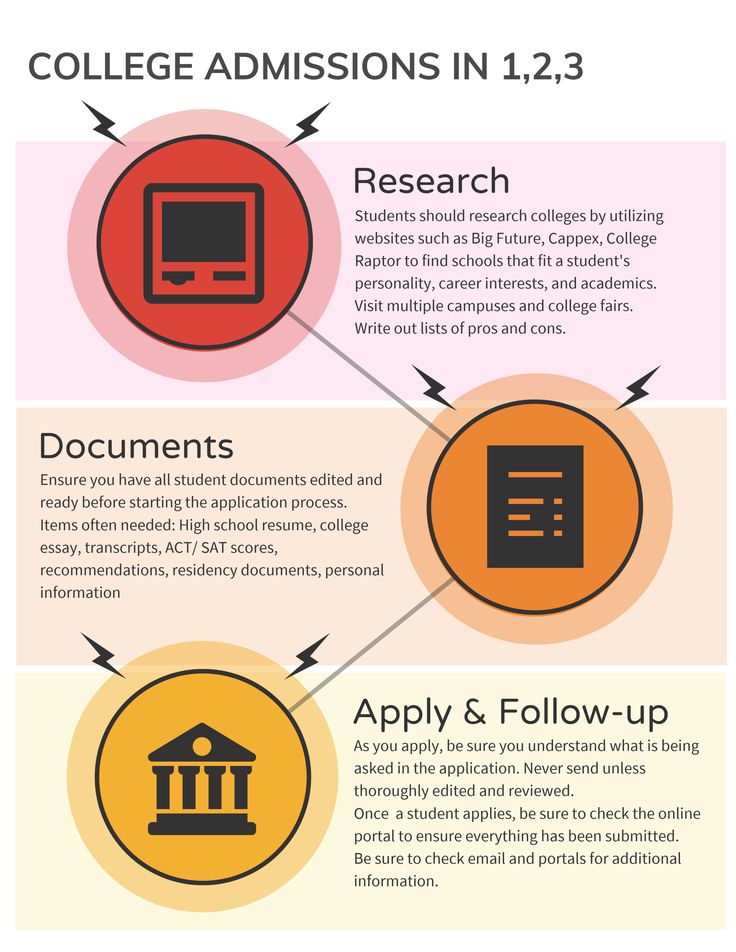Navigating the college admission process can be a daunting task for students and their families. Understanding each step can demystify the journey and enhance your chances of acceptance into your desired institution. This guide provides a detailed overview of the college admission process, incorporating the latest trends and essential considerations for 2025 and beyond.
Understanding the College Admission Landscape
The college admission landscape is continually evolving, influenced by factors such as policy changes, technological advancements, and shifts in student priorities. In 2025, notable trends include a rise in holistic admissions, increased test-optional policies, and a growing emphasis on diversity and inclusion .Forbes
Step-by-Step Guide to the College Admission Process
1. Self-Assessment and Research
Begin by evaluating your academic interests, career goals, and personal preferences. Research various colleges and universities to identify those that align with your objectives. Consider factors such as:
- Academic Programs: Ensure the institution offers majors or programs that interest you.pinterest.com+4Campus to Career Crossroads+4Ascent Funding+4
- Location: Decide whether you prefer an urban, suburban, or rural setting.
- Campus Culture: Look into the student body diversity, extracurricular activities, and overall environment.
- Size: Determine if you thrive in large lecture halls or smaller class settings.PrepMaven+1artofit.org+1
- Financial Considerations: Assess tuition costs, availability of financial aid, and scholarship opportunities.
2. Standardized Testing
While many institutions have adopted test-optional policies, standardized tests like the SAT and ACT remain significant for some colleges. Decide whether to take these exams based on the requirements of your chosen schools and your test-taking strengths. If you opt to take standardized tests, plan your study schedule and test dates accordingly .Road2College
3. Building a Strong Academic Record
Your high school transcript is a critical component of your application. Aim for strong grades, particularly in courses relevant to your intended major. Taking Advanced Placement (AP) or International Baccalaureate (IB) courses can demonstrate your ability to handle college-level work.
4. Engaging in Extracurricular Activities
Colleges seek well-rounded students who contribute to their communities. Engage in extracurricular activities that align with your interests and showcase leadership, commitment, and initiative. Quality trumps quantity; sustained involvement in a few areas is more impactful than superficial participation in many.
5. Letters of Recommendation
Secure letters of recommendation from teachers, counselors, or mentors who know you well and can speak to your abilities and character. Provide them with ample time and information about your achievements to aid them in writing detailed and supportive letters.
6. Crafting a Compelling Personal Statement
Your personal statement or college essay offers an opportunity to showcase your personality, experiences, and aspirations. Be authentic and reflective, and ensure your essay provides insight into who you are beyond your grades and test scores.
7. Application Platforms and Deadlines
Most colleges use application platforms like the Common Application or Coalition Application. Familiarize yourself with these platforms and their requirements. Be mindful of application deadlines, which typically fall into three categories:CollegeSimply+3BigFuture+3Coursera+3
- Early Decision/Early Action: Deadlines usually in November; decisions released in December.nypost.com
- Regular Decision: Deadlines typically between January and February; decisions released in March or April.
- Rolling Admissions: Applications accepted on an ongoing basis until all spots are filled.
Applying early can sometimes increase acceptance chances, but ensure you understand the binding nature of Early Decision agreements .College Raptor+1Shemmassian Academic Consulting+1
8. Financial Aid and Scholarships
Complete the Free Application for Federal Student Aid (FAFSA) to determine your eligibility for federal aid. Research institutional scholarships and external funding opportunities. Be aware of financial aid deadlines, as they may differ from admission deadlines.
9. Interviews
Some colleges offer interviews as part of the admission process. Prepare by practicing common interview questions and articulating your interests and goals. Interviews provide a chance to personalize your application and demonstrate genuine interest in the institution.
10. Decision Making
Once you receive admission offers, compare them based on academic programs, financial aid packages, campus culture, and other personal factors. Attend admitted student events, if possible, to gain further insight into each institution.
Conclusion
The college admission process is multifaceted and requires careful planning and organization. By understanding each component and staying informed about current trends, you can navigate the journey more effectively. Remember, the goal is to find a college that aligns with your academic aspirations and personal growth.


Leave a Reply